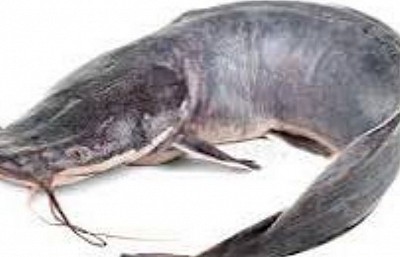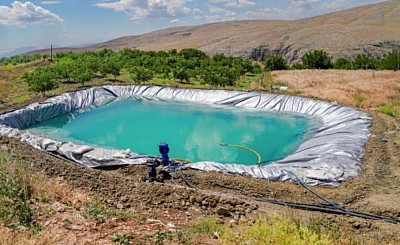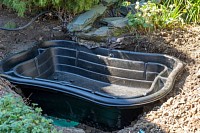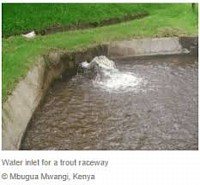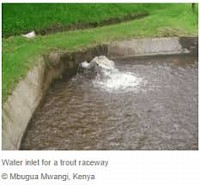Catfish Productions
Farming prospectives
Preparing ponds:
Preparing your ponds is the primary task that has to be well taken care of. We different kinds of ponds and different ways of preparing them.
For example: we have the following ponds, namely;
1. Earth ponds,.
2. Plastic ponds.
3.Semi earth ponds.
4. Block built ponds
Scroll down 👇 to see your preferred type of pond{s}
